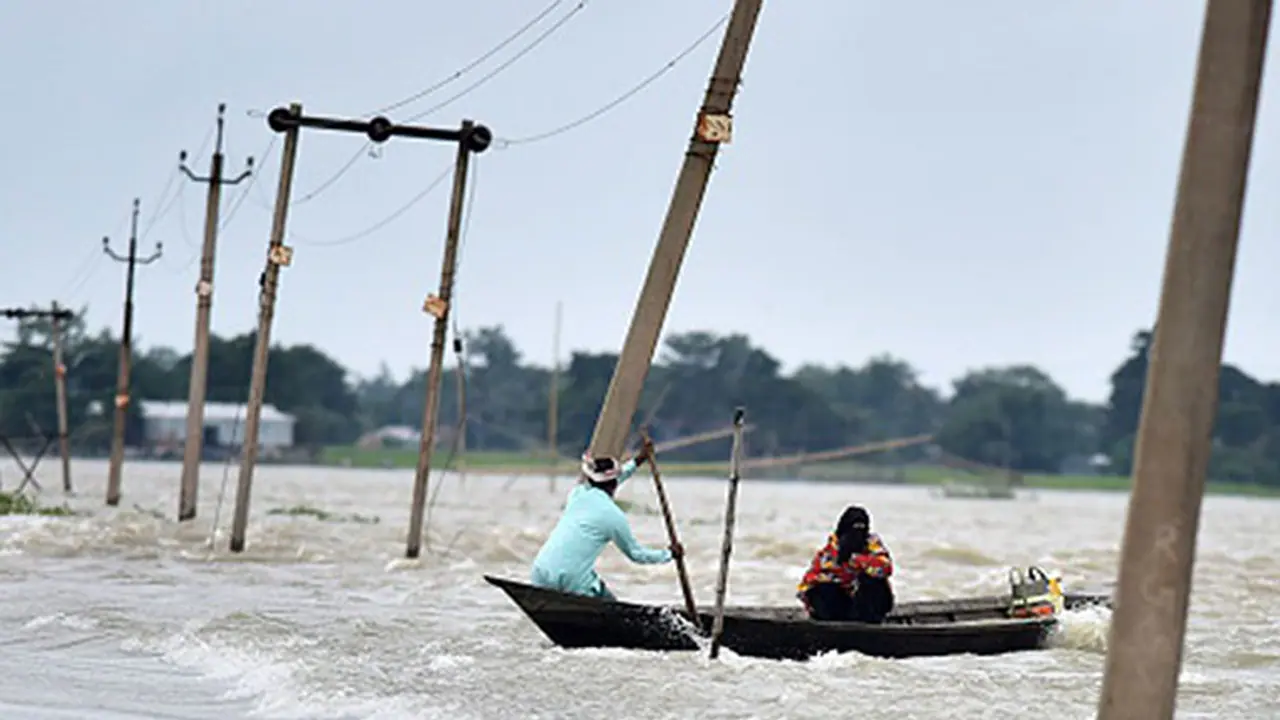Earlier on Monday (July 15), Prime Minister Narendra Modi spoke to Assam chief minister Sarbananda Sonowal and took stock of the situation in the state.
New Delhi: Raging floods have battered Assam and parts of Bihar while the death toll from both the places have increased to 55 on Tuesday (July 16), while rain-related incidents claimed 14 lives in Uttar Pradesh, a PTI report stated.
A red alert was raised in Kerala for extremely heavy rains where the India Meteorological Department (IMD) bulletin reportedly claimed that over 204mm rain is likely to hit six districts of the southern states in the next 24 hours.
In the north, heavy rains continued to lash in Punjab and Haryana while the nation’s capital received light showers for a second consecutive day.
At least 33 people have lost their lives in flash floods in Bihar till Tuesday (July 16) evening and 25.71 lakh people are affected in 16 districts of the state.
According to PTI, unusual torrential rainfall in Nepal and subsequent massive discharge of water in rivers led to flash floods in Bihar where more than one lakh people were relocated to safe zones.
In Assam, the torrents have reportedly affected 33 districts of the state and claimed 17 lives. Nature's fury has hit more than 45 lakh people, an NDRF personnel said.
90% of the famed Kaziranga National Park in Golaghat and Nagaon districts of the state is still submerged, a statement from the Assam Ministry of Forest and Environment said. The Kaziranga National Park is home to the world's largest population of the Indian one-horned rhinoceri.
More than 150 anti-poaching camps in the Kaziranga National Park have been affected by the floods while the authorities are working round-the-clock to check poaching at the UNESCO World Heritage site.
According to the Assam State Disaster Management Authority (ASDMA) report, Brahmaputra river and its tributaries are flowing above the danger level in most of the affected districts, including Guwahati.
In Guwahati, the flood waters of the Brahmaputra have submerged Uzanbazar, Kharguli and Bharalamukh areas.
The flood situation in Manas National Park and Pobitora Wildlife Sanctuary are also critical as some parts of the land have been swamped, and animals are moving towards the neighbouring highlands.
